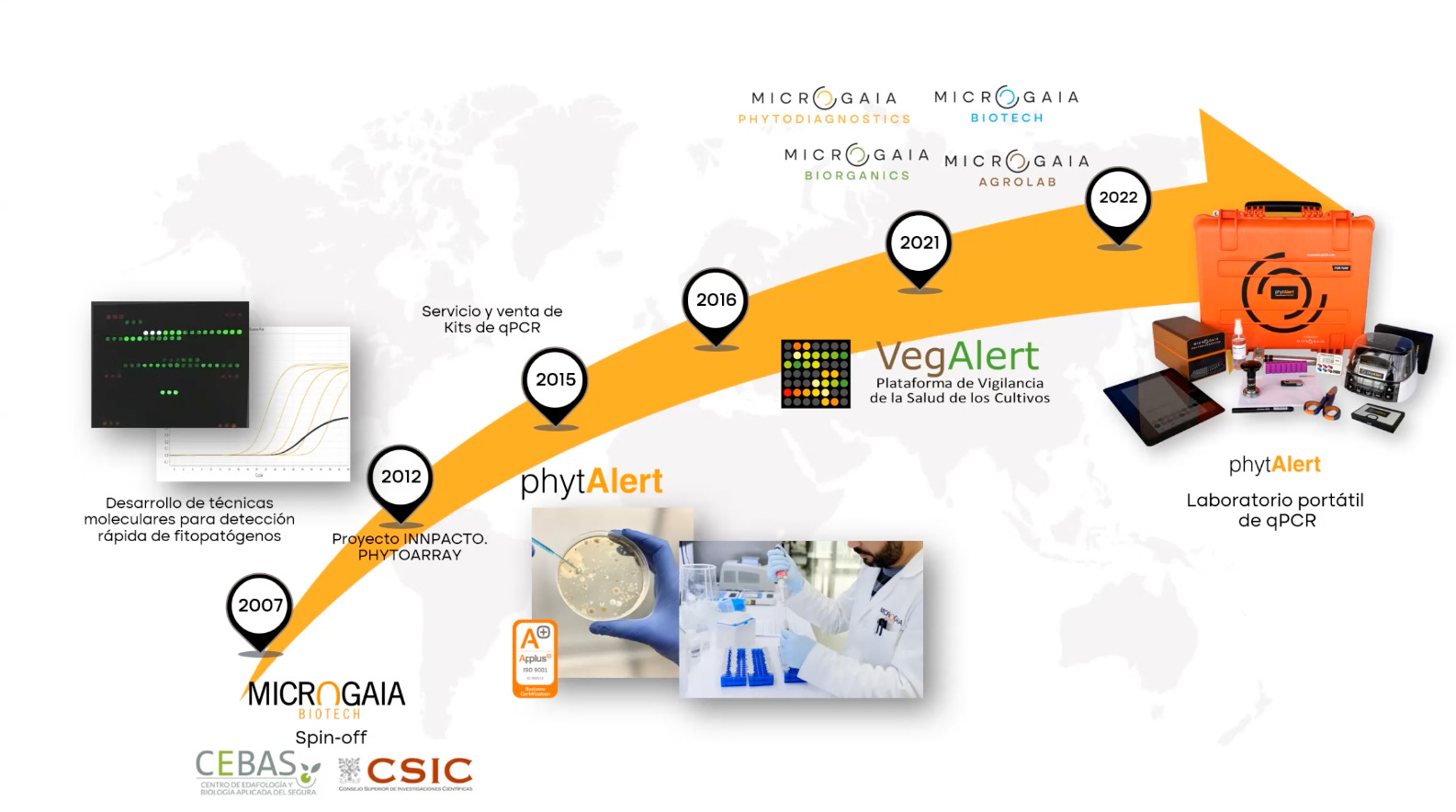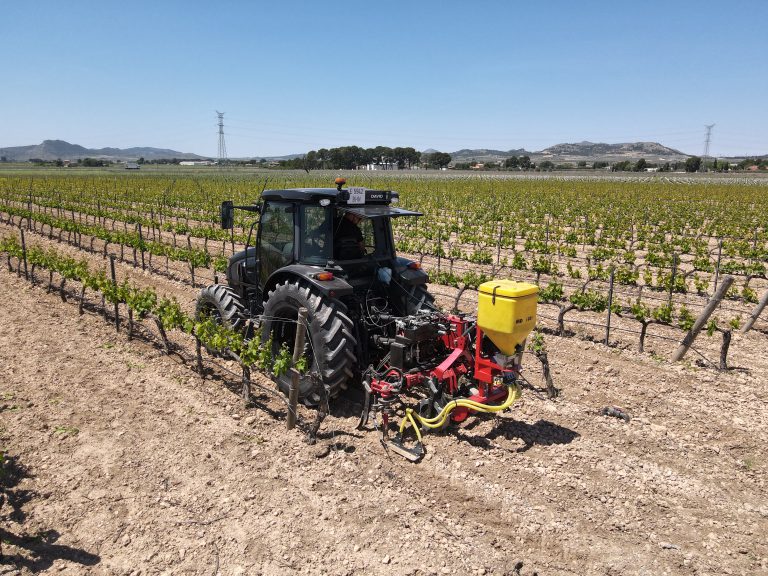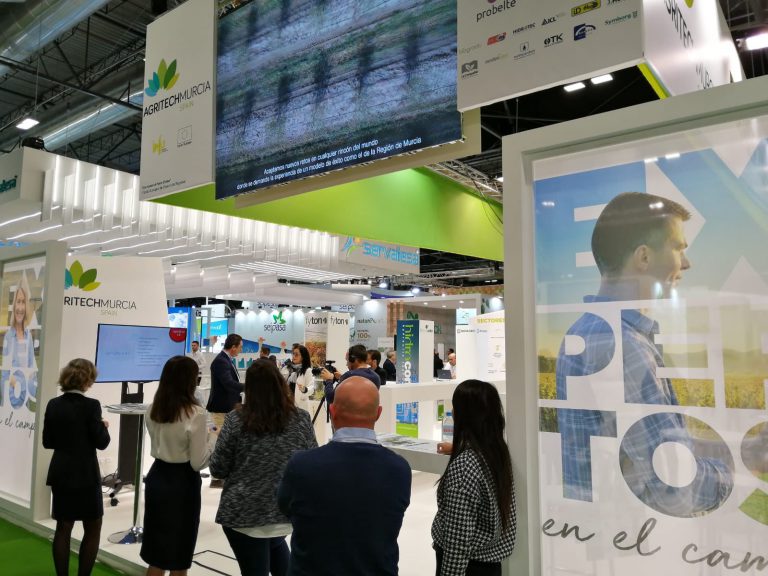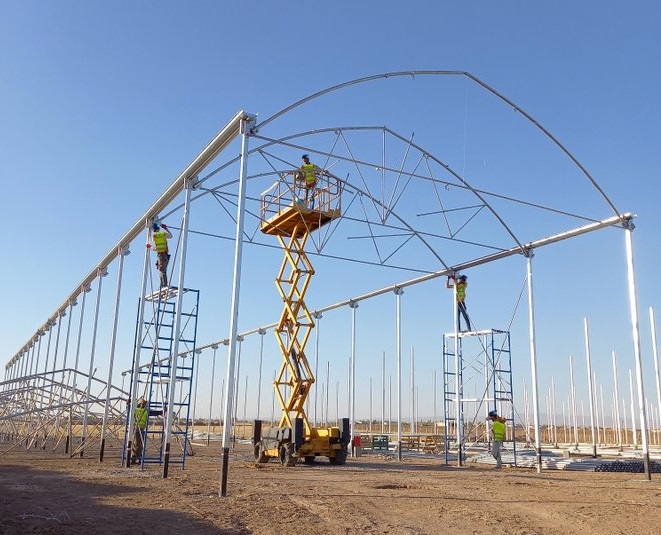The company Microgaia was born as a spin-off from CEBAS-CSIC. Cristóbal Sánchez is its CEO and describes with passion how they started working with microorganisms that had beneficial capabilities for agriculture, such as crop protectors.
Today, he assures that “biotechnology brings maximum sustainability to agriculture and we are leading this vanguard together with the AgritechMurcia business ecosystem”.
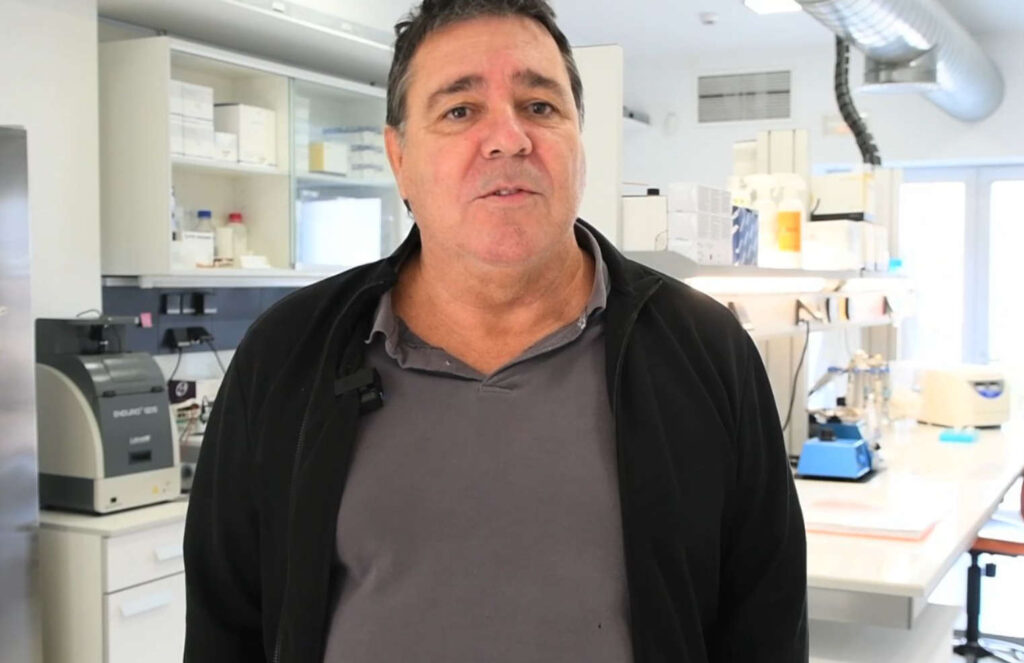
Microgaia uses natural soil fungi antagonistic to other fungi that produce diseases, or microorganisms that have capabilities that help fertilization, such as mycorrhizal fungi or bacteria that mobilize potassium, solubilize phosphorus, fix atmospheric nitrogen… thus helping to rationalize the use of synthetic products such as pesticides or fertilizers.
Working with these types of agricultural products, the difficulty arose of being able to track those microorganisms that are being introduced into the soil or formulated into a product. “It was difficult to follow them because there were no functional technologies. Classical microbiology, i.e., plate culture and identification, has many drawbacks when dealing with complex samples such as soils or plant material samples,” says Cristóbal Sánchez.
The flora of microorganisms is very extensive and, normally, the microorganisms that are naturally in the soil are located in concentrations high enough to mask other microorganisms that, being more specific and with more specific functionalities, the number of population is below the saprophytes or fungi and bacteria that feed on organic matter and more.
They are difficult to identify, they are difficult to isolate and in many cases they are not culturable, because they need to exist in a living tissue which is usually plant tissue.
As Microgaia’s CEO describes: “We started looking for techniques that would allow us to differentiate specific microorganisms in a complex soil sample. Molecular techniques were the ideal candidate, and within them, we started working with several techniques simultaneously: DNA microarrays, Sanger sequencing, mass sequencing… We were interested in looking for specific microorganisms. For example, if we do a strain-based formulation of a fungus, we need a very specific technique to identify specific microorganisms at the species or subspecies level. The technique we use to work with this type of sample is real-time PCR. It is a very sensitive technique, with which COVID was diagnosed, fast and relatively inexpensive. This allows us to handle that product in the field to see if the populations of the microorganisms we have introduced are adequate for them to do their job or to see if we have been able to inoculate them in a stable way and they do not disappear due to competition with the flora, due to atmospheric conditions and climatic conditions and so on.”
Real-time PCR is based on the design of probes that allow specific identification. They started by designing detection sets for the identification and detection of their implanted organisms, but “our microorganisms also interfere with those in the soil. For example, to see if a fungal control organism that we introduce into the soil controls or prevents the reproduction of a number of fungi that cause disease in plants, we also ended up designing probes for those microorganisms to see if using our microorganisms caused the populations of the pathogenic microorganisms to drop or not, or how they behaved. In the end, by sampling periodically during a culture, we had a video of how the populations of microorganisms fluctuated according to our intervention,” says Microgaia’s CEO.
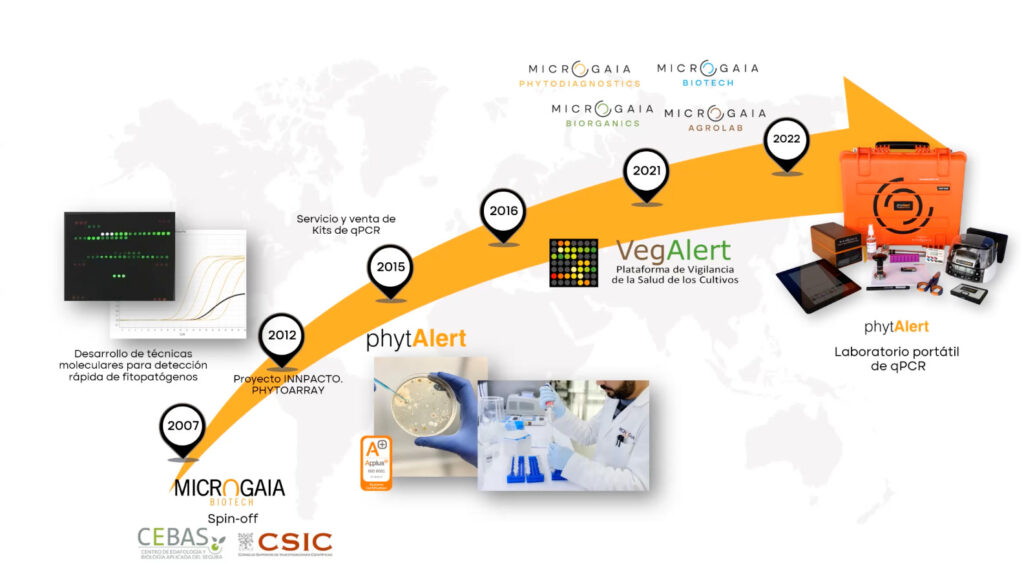
It is a tool that, because it is very specific and has very low detection limits, very small quantities of microorganisms are detected. This allows the company and its state-of-the-art technology to anticipate the appearance of symptoms in plants.
They immediately detect a potential microorganism on a plant that can lead to disease if the right weather conditions are present and the plant is in a suitable state for the pathogen to develop. “We can get ahead of the onset of symptoms, even in orders of weeks. With which we achieve two things, identify or detect the specific microorganism so we can choose the active matter and we don’t have to treat with broad-spectrum products if we don’t know the microorganism that is attacking us, and, on the other hand, we can reduce doses by detecting it when the microorganism is in a primary infection and has not yet spread in the crop. In addition, we can treat with less aggressive active materials”.
When they had a large battery of microorganisms to detect, they started working with agricultural companies and through a plant pathology diagnostic service. “We work with companies that grow all kinds of fruits and vegetables and with companies that are dedicated to making efficacy studies of phytosanitary products for registration, so we can provide data when they infect a certain microorganism and then use a product to treat that microorganism, to know if it has had an effect or not, if the loads are high or low…”
They also work with plant breeders who in turn work in search of varieties, for example, of lettuce resistant to a certain fungus or a certain bacterium. And they develop their activity with a wide range of companies that are dedicated from crop prospecting, to technicians who run cooperatives of companies, to companies that distribute the products coming out of the field to see that their chambers are not contaminated, that during the post-harvest process of distribution and sale there are no infections.
“The problem with working in a point laboratory, where samples have to arrive from the different customers, is the geographical limitation of the area that can be covered by the mobility time of the samples, because a sample that is infected, in addition to the bacteria, fungus or virus that is infected, has many microorganisms living on its surface or inside. If a sample is traveling more than two or three days once it does not have the life support of the soil, all the microorganisms develop a lot and in the end you do not know who has started that infection and the cause of the disease. To skip that step of geographical limitation the techniques that we use we put them in the form of kits so that other laboratories that have equipment and personnel trained in molecular biology can do the same analyses that we do in our laboratory. We allow any laboratory that already has a portfolio of services in physicochemical analysis, fertilizer, pesticide residues, etc., with a very short training in time to expand its portfolio of services to all its customers. We are a laboratory designated by Plant Health of the CARM for official analysis of specific campaigns and complex diseases,” says Cristobal Sanchez.
They have been working with the kits since 2018-2020. There are already several laboratories and research teams working with the kits for detection in plant pathology. The latest step they have taken in this line of work has been to put a real-time PCR laboratory directly in the field, so that any agricultural technician who does not necessarily have to have knowledge of molecular biology and not be trained in laboratory, can make an analysis in the field for the detection of a sweep of 16 fungi or bacteria that may be of interest within their crops.
It is a totally portable equipment, everything works at 12 volts, so you can do the complete cycle of extraction and detection of specific DNA by PCR in real time anywhere in the world where you are.
It is useful for many areas, for any field technician who wants to do periodic sampling in a specific crop and detect, in times that do not exceed one hour, if they have dangerous microorganisms within a sweep that he himself makes. For example, if a technician is in a lettuce campaign and historically has a series of microorganisms that can cause problems in the place and in the climatic conditions in which it is located, a specific kit can be designed with up to 16 different microorganisms that allows them to make periodic sweeps to see if that microorganism has a reservoir in the soil, if it passes to the plant and within the plant if its populations are increasing.
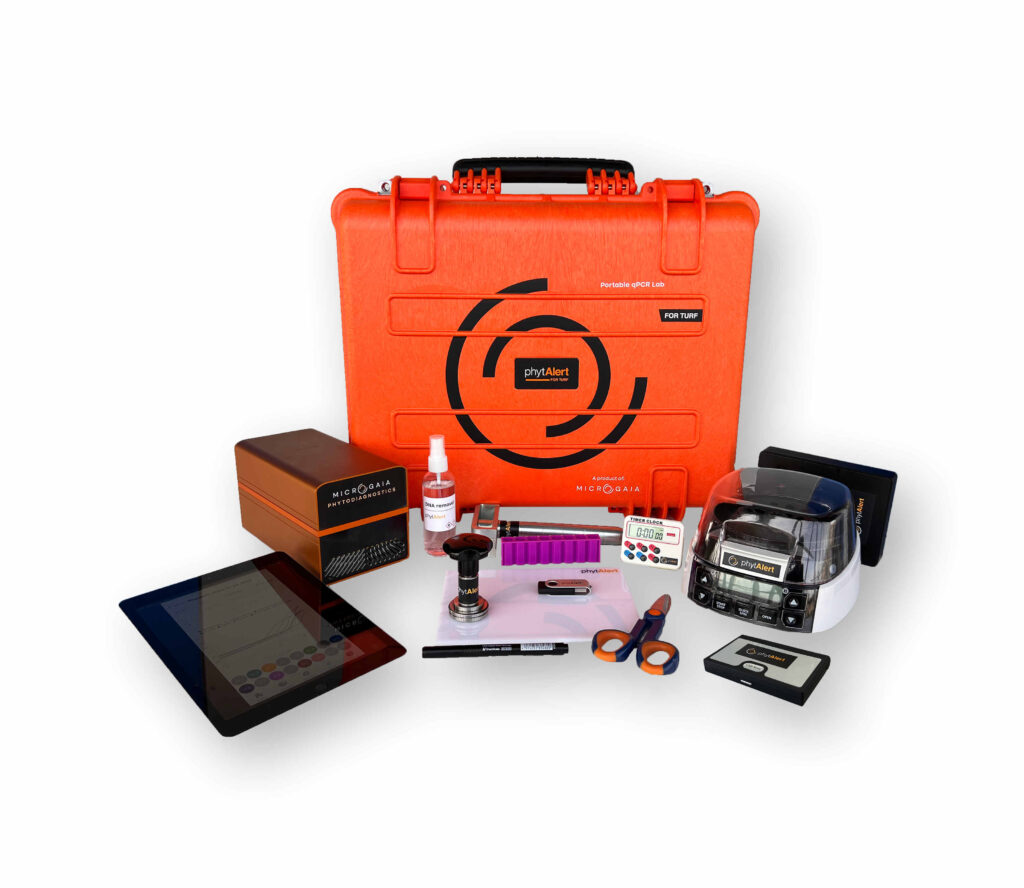
It is useful in nurseries, to monitor the condition of plants and batches of plants that are moved when sold, to certify that they are free of pathogens inside and outside these, as well as seeds. It is being used on soccer fields and golf courses to sweep for disease-causing fungi in turf. It can be used in fruit and vegetable processing points coming from the field to see both the fruit and the conservation chambers, transport tools… It has a wide variety of uses. The most relevant is the accuracy, speed (in less than an hour) and mobility.
“We are now focused on marketing, we have presented it at several fairs and congresses. We have customers in Spain, the United Kingdom, South America and some other parts of Europe. Our laboratory collects samples from all over Spain. We collect these soil samples globally,” the CEO describes. He adds: “The companies that work with us do so on an ongoing basis. The success story is the incorporation of this tool with others such as plant foliar analysis or soil nutrient analysis to plan your campaign. This tool is used to monitor the phytosanitary status of plots and crops in real time. When you finish a crop, before planting the next one, you can make a soil analysis to know the reservoirs of microorganisms that may or may not cause future problems”.
They hope that this will be a working tool for any technician involved in agriculture and plant biology. They continue to work on other projects to expand the range of techniques for detecting microorganisms and plant-microorganism evidence.
The future of productive agriculture is determined by biotechnology.


